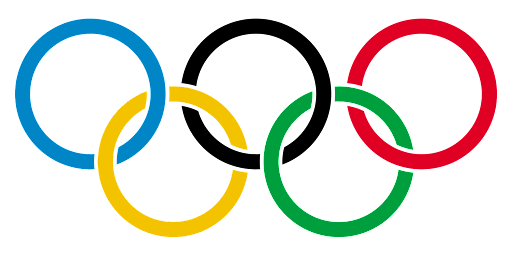Young Entrepreneurs – Math and Your Dream Business

Bakery entrepreneurs (SeventyFour, Getty Images)

Bakery entrepreneurs (SeventyFour, Getty Images)
4.4
How does this align with my curriculum?
ON
10
Career Studies Grade 10, OPEN (GLC2O) (2019)
Strand C. Planning and Financial Management to Help Meet Postsecondary Goals
BC
8
Career Education 8 (2016)
Big Idea: Reflecting on our preferences and skills helps us identify the steps we need to take to achieve our career goals.
BC
8
Career Education 8 (2016)
Big Idea: The value of work in our lives, communities, and society can be viewed from diverse perspectives.
BC
8
Career Education 8 (2016)
Big Idea: Achieving our learning goals requires effort and perseverance.
BC
8
Career Education 8 (2016)
Big Idea: Adapting to economic and labour market changes requires flexibility.
BC
9
Career Education 9 (2016)
Big Idea: Reflecting on our preferences and skills helps us identify the steps we need to take to achieve our career goals.
BC
9
Career Education 9 (2016)
Big Idea: The value of work in our lives, communities, and society can be viewed from diverse perspectives.
BC
9
Career Education 9 (2016)
Big Idea: Achieving our learning goals requires effort and perseverance.
YT
8
Career Education 8 (2016)
Big Idea: Reflecting on our preferences and skills helps us identify the steps we need to take to achieve our career goals.
YT
8
Career Education 8 (2016)
Big Idea: The value of work in our lives, communities, and society can be viewed from diverse perspectives.
YT
8
Career Education 8 (2016)
Big Idea: Achieving our learning goals requires effort and perseverance.
YT
8
Career Education 8 (2016)
Big Idea: Adapting to economic and labour market changes requires flexibility.
YT
9
Career Education 9 (2016)
Big Idea: Reflecting on our preferences and skills helps us identify the steps we need to take to achieve our career goals.
YT
9
Career Education 9 (2016)
Big Idea: The value of work in our lives, communities, and society can be viewed from diverse perspectives.
YT
9
Career Education 9 (2016)
Big Idea: Achieving our learning goals requires effort and perseverance.
YT
9
Career Education 9 (2016)
Big Idea: Adapting to economic and labour market changes requires flexibility.
BC
10
Career-Life Education (10, 11, 12) (2018)
Big Idea: Career-life decisions are influenced by internal and external factors, including local and global trends.
BC
10
Career-Life Education (10, 11, 12) (2018)
Big Idea: Finding balance between personal and work life promotes well-being.
BC
11
Career-Life Education (2018)
Big Idea: Career-life decisions are influenced by internal and external factors, including local and global trends.
BC
11
Career-Life Education (2018)
Big Idea: Finding balance between personal and work life promotes well-being.
YT
10
Career-Life Education (2018)
Big Idea: Career-life decisions are influenced by internal and external factors, including local and global trends.
YT
10
Career-Life Education (2018)
Big Idea: Finding balance between personal and work life promotes well-being.
YT
11
Career-Life Education (2018)
Big Idea: Career-life decisions are influenced by internal and external factors, including local and global trends.
YT
10
Career-Life Education (10, 11, 12) (2018)
Big Idea: Career-life decisions are influenced by internal and external factors, including local and global trends.
YT
10
Career-Life Education (10, 11, 12) (2018)
Big Idea: Finding balance between personal and work life promotes well-being.
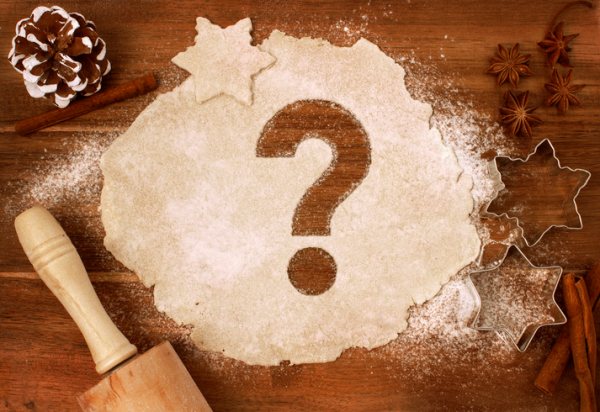

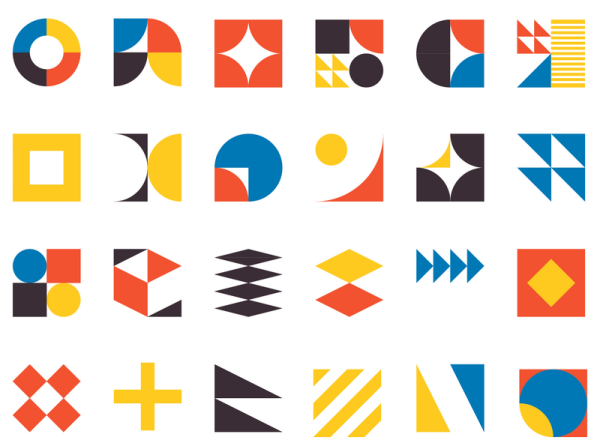
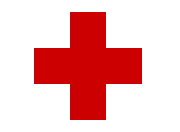 2.
2. 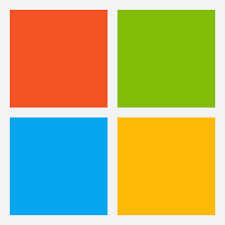 3.
3. 